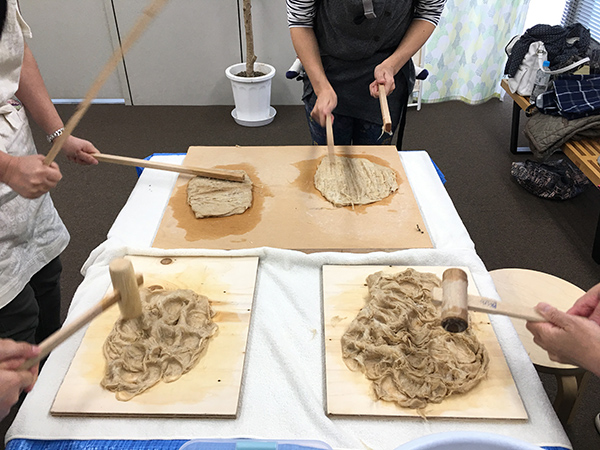


Our washi (Japanese paper) is made by craftspeople in Tokyo from kozo (paper material) and water in Tokyo, so it is “All Tokyo Handmade”.
The craftspeople take part in growing the material plants, process them and make paper all by hand.
We “Tokyo Washi” have 4 visions as written below:
*To make people more familiar with using washi in their daily life
*To make safe and high-quality washi products so that various people can touch them and feel calm
*To develop new ideas based on study of the past (We grow the material plants and produce paper by traditional methods, while adding modern approaches to create new products)
*To preserve the materials in Tokyo and history of washi
Residency: Tokyo Career: Video Production -> Event Production -> DTP Operator -> Display Designing -> Package Designing -> Starting Own Business My first encounter with washi was when I was working on package design. Also, my ancestors were mizuhiki wholesalers in Iida, Nagano. This is what made me really interested in washi. (The core of mizuhiki is made from washi.) In 2015, I was planning, making, and selling washi goods all by myself. In 2016, I established the “Tokyo Washi General Incorporated Association”. In 2018, I changed its business form to “Tokyo Washi Corporation” and started growing the material plants, making and selling washi all together.




 Make
Make
 Enjoy
Enjoy
 Eat
Eat


